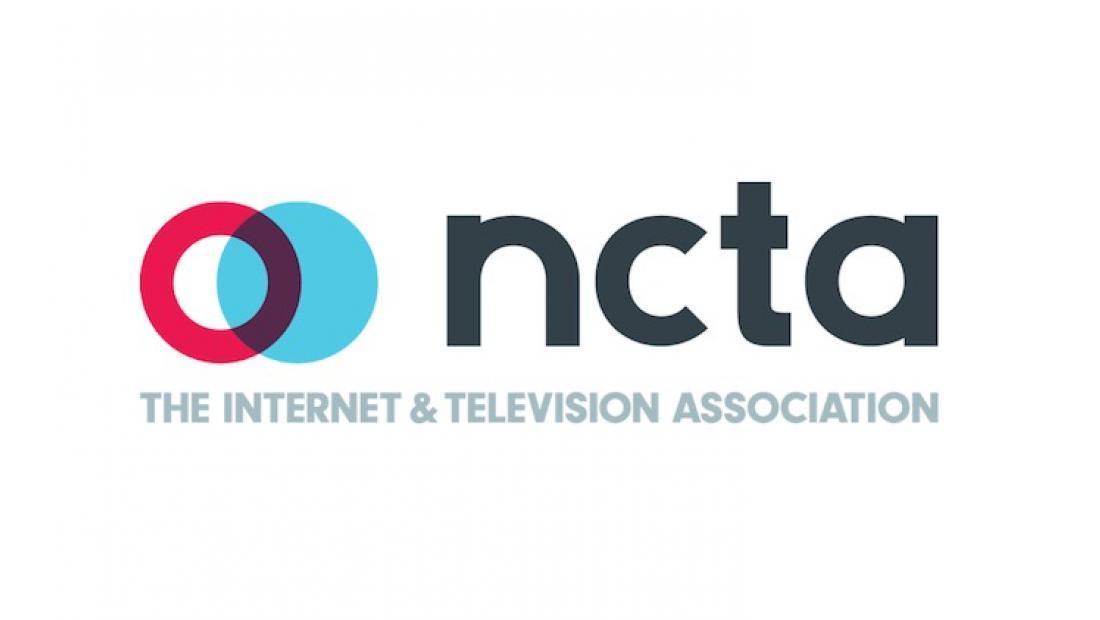NCTA: Time to Rethink 'Failed' DSRC 'Experiment' in 5.9 GHz Band

NCTA-The Internet & Television Association, is asking the FCC to take a "fresh look" at the 5.9 GHz spectrum band that currently is designated for vehicle-to-vehicle ITS (intelligent transportation system, including whether that 75 MHz of spectrum should be freed up entirely for unlicensed Wi-Fi use.
The government set aside that spectrum almost two decades ago (1999) for intelligent vehicle systems, but the technology has yet to materialize, the Obama era planned mandate of DSRC hasn't either under the new Administration, and some car companies are looking at alternative approaches to vehicle-to-vehicle (V2V) communications (notably Qualcomm's Cellular Vehicle-to-Everything (C-V2X) technology).
Related: Trump Said to Be Backing Away from DSRC Mandate
In a blog post, NCTA signaled the DSRC allocation was a waste of government money and an experiment that failed, suggesting it was time to move on and move DRSC out.
NCTA has nothing against V2V safety systems, but it does say that while the 5.9 band has lain fallow, the new vehicle safety tech that could employ other bands has come along—like C-V2X.
There has been a years-long tussle between cable ops relying on Wi-Fi for their mobile broadband play and auto makers—and some government agencies—trying to defend their V2V turf for future safety systems.
Cable ops need more Wi-Fi spectrum to deploy gigabit speeds beyond the router—so that consumers get the benefit—so NCTA is checking the couch cushions for more unlicensed spectrum. NCTA's Danielle Piñeres outlined the proposal in a call with reporters Tuesday (Oct. 16) about NCTA's ex parte filing with the FCC this week. It is seeking a Further Notice of Proposed Rulemaking, teeing up a conversation about the highest and best use of the band. It wants the FCC to consider freeing up all or "substantially" all of that spectrum for Wi-Fi.
Broadcasting & Cable Newsletter
The smarter way to stay on top of broadcasting and cable industry. Sign up below
"Despite being granted its own band and more than a decade of government subsidy, DSRC has failed to provide any real-world automotive safety benefits," NCTA said. "At the same time, the free market for vehicle technologies has flourished around it, using non-5.9 GHz spectrum and existing cellular technologies. The time to move on from this clearly failed policy is now—5.9 GHz spectrum is too valuable to our country’s economic future to allow it to go unused any longer."
Backing NCTA's request is New America's Open Technology Institute.
The Institute's Michael Calabrese said he was happy to join the cable effort to get the FCC to launch a Further Notice. He said auto makers are further away from mass deployment of v-to-v than they were five yaers ago, given that the there will be no DSRC mandate, and that without that mandate DOT has also said there is no incentive to add the expense of a DSRC radio in every car ($75 billion-$100 billion).
A couple of years ago, cable ops and car manufacturers finally agreed on testing the sharing of DSRC (dedicated short-range communications) spectrum with unlicensed Wi-Fi.
All that, said NCTA, calls for rethinking whether that 75 MHz of spectrum should be used for DSRC at all. If it were turned over for unlicensed wireless, the spectrum, which sits between the major unlicensed spectrum allocation and what could potentially be another new unlicensed spectrum band—the 6 MHz band (C-band) the FCC will vote next week on opening up for unlicensed sharing—could create a Wi-Fi superhighway.
Letting 75 MHz lie fallow when there is a strong demand for more unlicensed wireless and DSRC remains a relatively un-deployed technology that may have already been overtaken by newer tech, is not good policy, said Piñeres.
Piñeres said the group was planning to pitch the idea to FCC Chairman Ajit Pai, and would have at a meeting scheduled for Monday (Oct. 15) if the FCC shutdown over a small fire and resulting water damage had not intervened.
She said on the call that despite auto maker rhetoric that V2V systems were just around the corner, that is not the case and that this was the time for the FCC to rethink the allocation.
Contributing editor John Eggerton has been an editor and/or writer on media regulation, legislation and policy for over four decades, including covering the FCC, FTC, Congress, the major media trade associations, and the federal courts. In addition to Multichannel News and Broadcasting + Cable, his work has appeared in Radio World, TV Technology, TV Fax, This Week in Consumer Electronics, Variety and the Encyclopedia Britannica.

